This year marks the 15th anniversary of Britain’s first ‘smart motorway’, a section of the westbound M42 near Birmingham. The Highways Agency’s term for the scheme was Active Traffic Management (ATM), because it employed technologies including a system called Motorway Incident Detection and Automatic Signalling (Midas) and strategies including part-time use of the hard shoulder as a live lane, with emergency areas to control the traffic.
More ATM motorways followed until, in 2013, the agency changed the name to smart motorway. Shortly afterwards, it closed some hard shoulders permanently, converting them to live or ‘running’ lanes.
In 2016, the Parliamentary Transport Select Committee criticised this move, saying: “[The Department for Transport] needs to demonstrate that all-lane running schemes do not make the road any less safe than the traditional motorway with a hard shoulder.”
Over the next four years, and with the number of fatalities on smart motorways approaching 40, public confidence fell so low that in October 2019 the government announced a review of them. In March 2020, it revealed its findings in a report called Smart Motorway Safety Evidence Stocktake and Action Plan.
In January 2021, David Urpeth, the coroner at the inquest of two men killed on a section of the M1 that had no hard shoulder, said: “I believe that smart motorways, as things currently stand, present an ongoing risk of future deaths.”
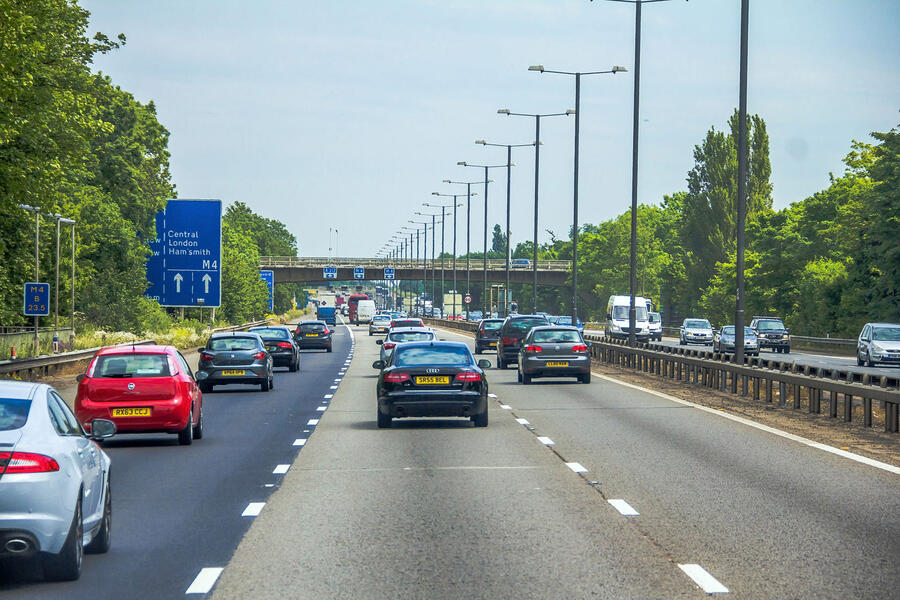
A month later, the Parliamentary Transport Committee launched an inquiry into the benefits and safety of smart motorways. And just this month, Highways England updated the government on what progress it had made implementing the findings of the stocktake. On 11 March, transport secretary Grant Shapps told Parliament that he would review and make public its contents in the near future. How did we get to this point? To answer that question, we first need to ask a few more.


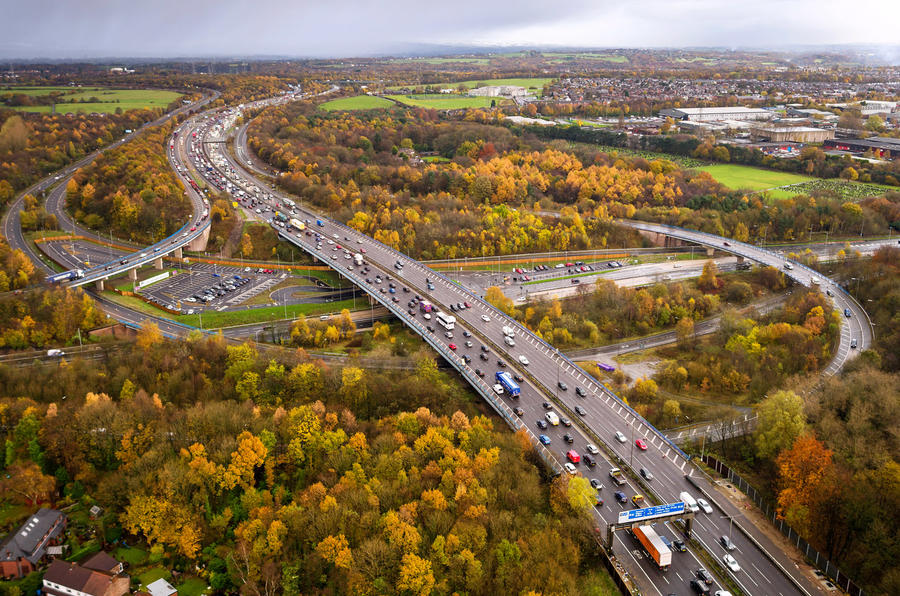
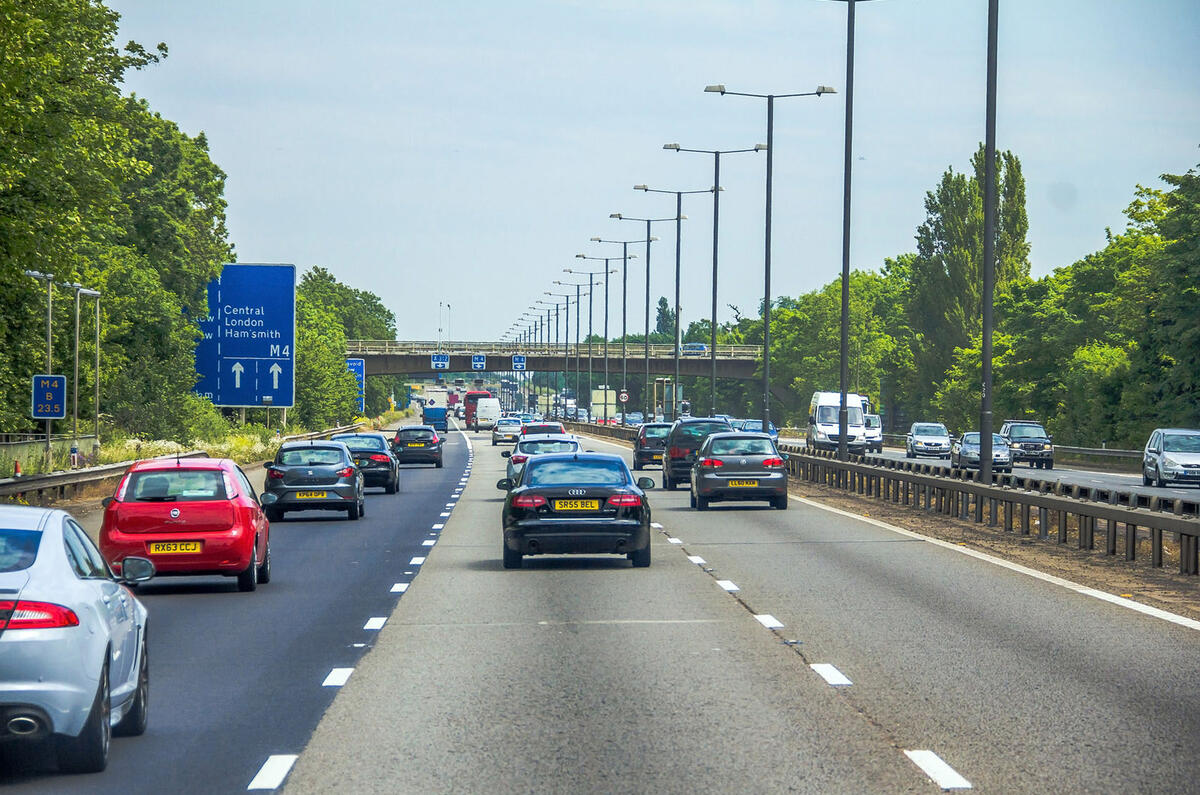


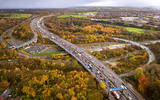




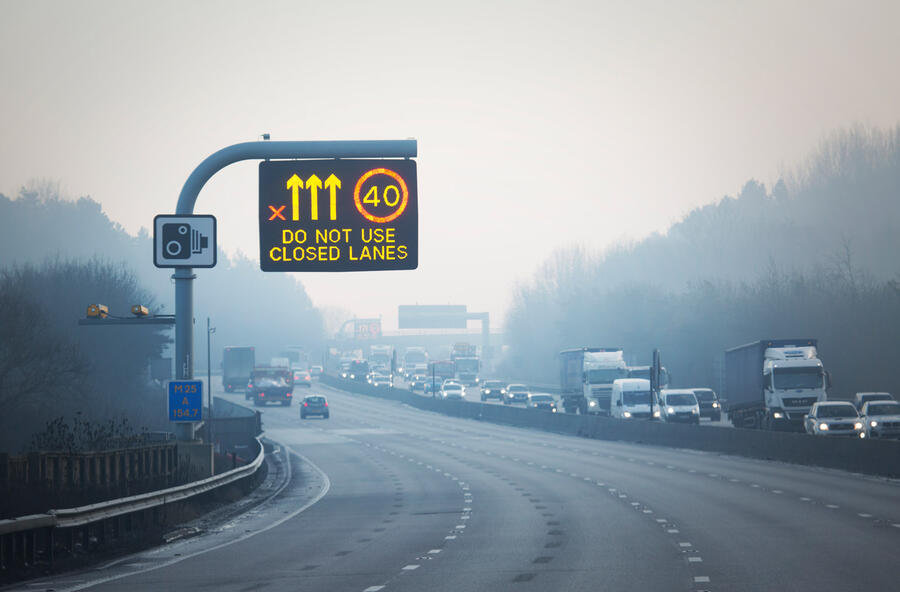
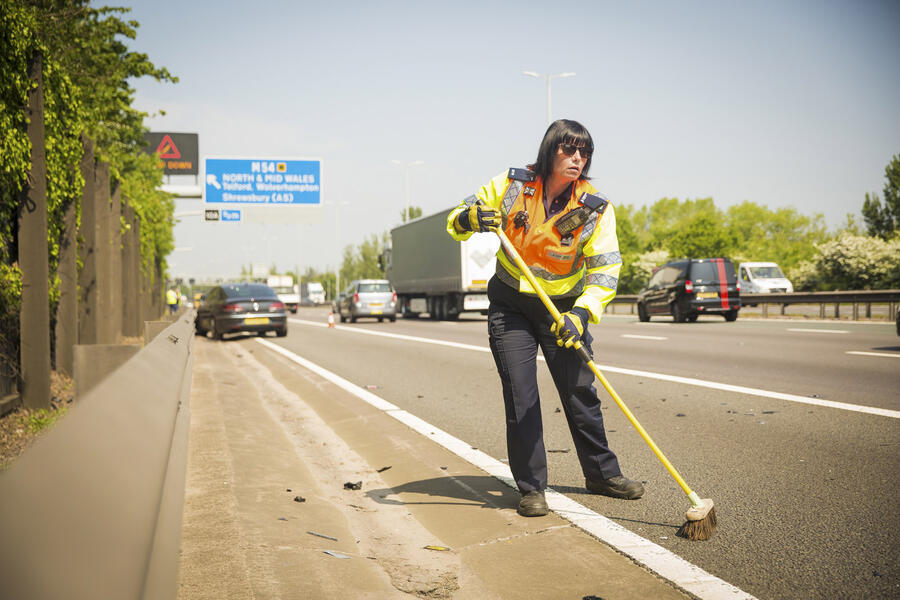


Join the debate
Add your comment
Total government revenue from fines of all kinds is about £300 million. Motoring fines are less than half of that.
This is basically an accounting error in terms of government revenue.
Furthermore speed enforcement costs more to carry out than is made back in fines.
They do it because the general public think it works and because it's visible.
From a road safety perspective the most effective thing left given that only 1500 people died on the roads is improving the infrastructure. This takes time, money and the public don't link it with safety.
At last an intelligent and comprehensive article on the pros and cons of smart motorways. It's really not as simple as smart motorways are bad, let's have more lanes and proper hard shoulders. Some times it's necessary to have a good compromise.
Smart motorways are just another government scam. These are a revenue raising tool (through fines) and are in no way intended to benefit road users. Conversion work takes years and so the Government can use the (seemingly never-ending) roadworks as another way to limit traffic speed & volume, while all the time pretending that it is "improving" the road network. Does the Government perhaps have a hidden agenda which is to stop us all from driving?